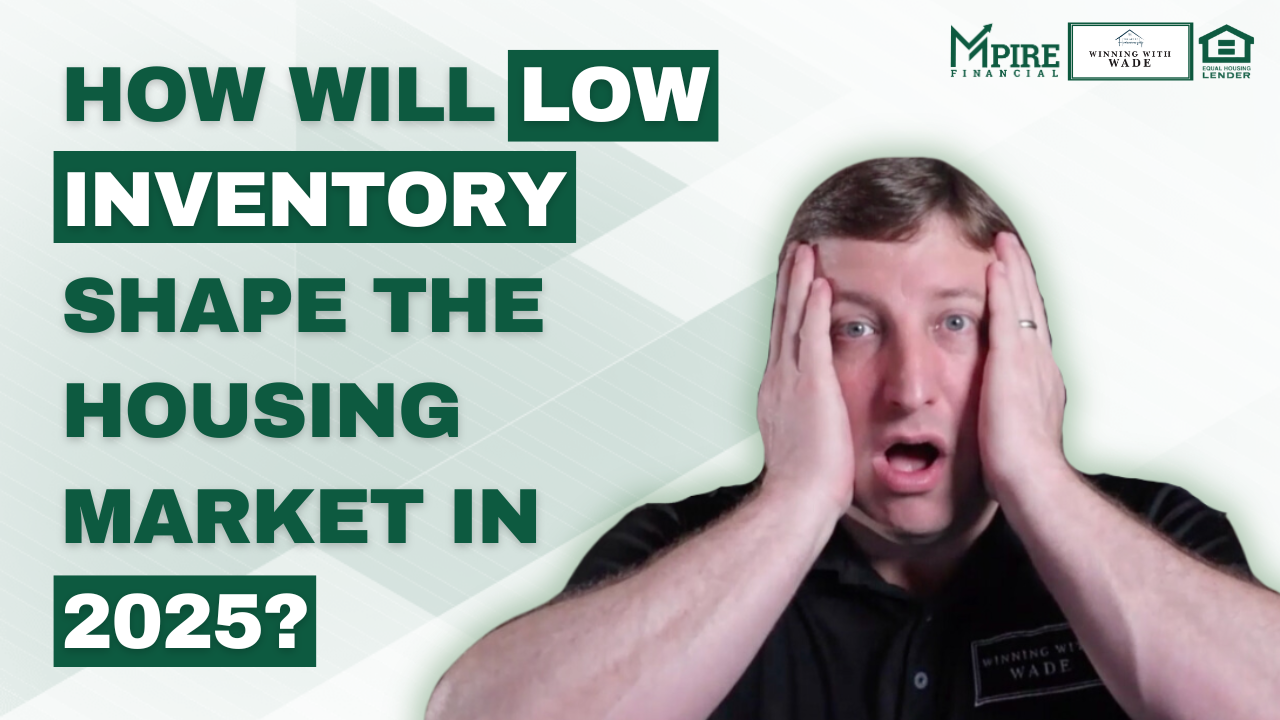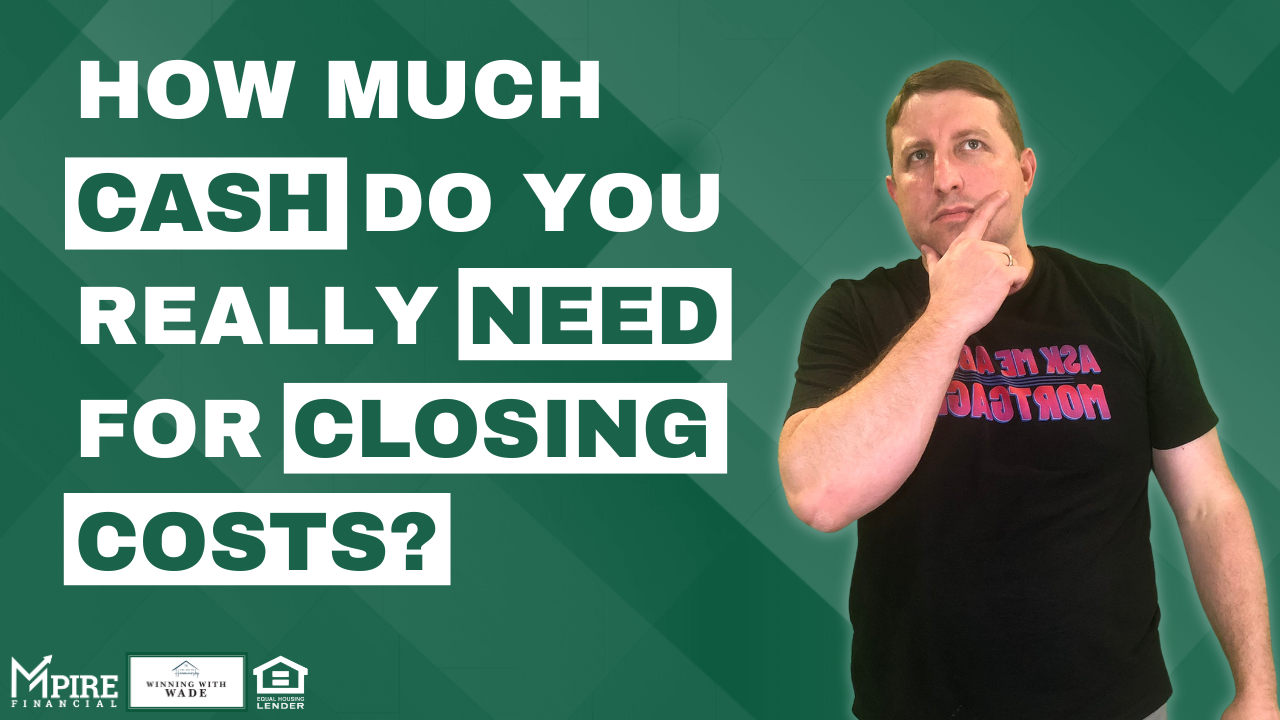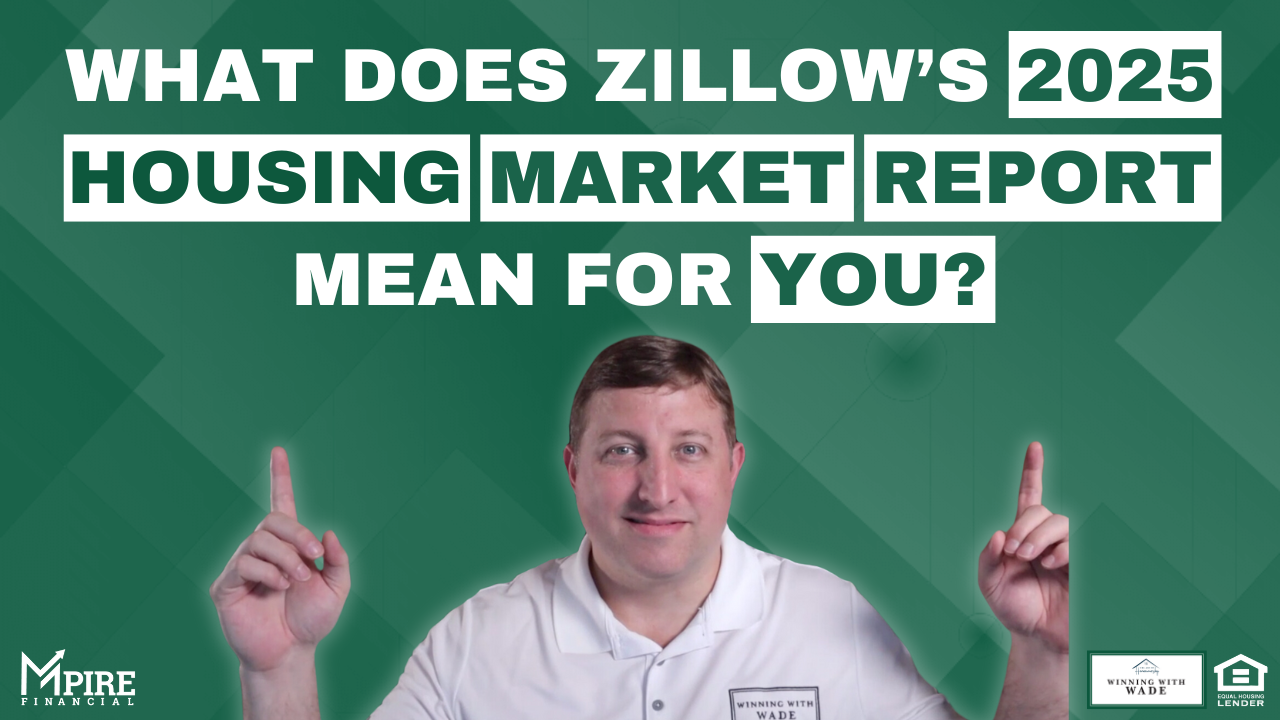The U.S. housing market in 2025 is at a crossroads. While home prices appear to…
2-1 Temporary Interest Rate Buy Down
The 2-1 Temporary interest rate buy down is not a new concept, but it has gained renewed interest due to the current market conditions. In this blog post, we’ll delve into what a 2-1 buy down is, how it works, and why it might be beneficial for both buyers and sellers.
What is a 2-1 Temporary Interest Rate Buy Down?
A 2-1 Temporary Interest Rate Buy Down is a financing strategy that temporarily reduces the interest rate on a mortgage for the first two years before reverting to the original rate for the remainder of the loan term. The name “2-1” comes from the fact that the interest rate is reduced by 2% in the first year and by 1% in the second year.
How Does It Work?
Here’s a step-by-step breakdown of how a 2-1 buy down works:
- First Year: The buyer’s mortgage payment is based on an interest rate that is 2% lower than the note rate. For instance, if the actual interest rate is 7%, the payment for the first year is calculated as if the rate were 5%.
- Second Year: In the second year, the interest rate increases by 1%, making it 1% lower than the note rate. In our example, the rate would be 6%.
- Third Year and Beyond: From the third year onward, the buyer pays the full interest rate as initially agreed upon, which is 7% in our example.
Qualification and Documentation
Despite the temporary reduction in payments, lenders will qualify buyers based on the actual note rate (7% in our example) to ensure they can afford the payments once the buy down period ends. The closing documents will reflect the true interest rate, not the temporary reduced rates.
Funding the Buy Down
The 2-1 buy down is typically funded by the seller through a seller concession, which is a contribution toward the buyer’s closing costs. These funds are set aside in an escrow account and used to subsidize the mortgage payments during the first two years.
Example Calculation
Let’s consider a loan amount of $400,000 with a 7% interest rate over 30 years:
- Monthly Principal and Interest Payment at 7%: $2,661.21
Year 1
- Effective Interest Rate: 5%
- Monthly Payment at 5%: $2,138.35
- Monthly Savings: $522.86
- Annual Savings: $6,274.32
Year 2
- Effective Interest Rate: 6%
- Monthly Payment at 6%: $2,398.20
- Monthly Savings: $263.01
- Annual Savings: $3,156.12
Total Subsidy Needed
- Total Savings Over Two Years: $9,430.44
The seller would need to contribute approximately $9,430.44 to cover the subsidy for the first two years.
Benefits of a 2-1 Temporary Buy Down
- Lower Initial Payments: Buyers benefit from reduced payments during the initial period of homeownership, making it easier to manage expenses.
- Seller Advantage: Sellers can use this strategy to make their property more attractive by effectively lowering the buyer’s initial mortgage payments.
- Potential for Refinancing: If interest rates drop, buyers may refinance their mortgage, possibly reducing their rate even further and benefiting from any unused funds in the escrow account.
Considerations and Limitations
- Loan Product Eligibility: Not all mortgage products allow for a temporary buy down. FHA and VA loans may have restrictions, and certain jumbo or non-QM loans might not qualify.
- Budgeting for Higher Payments: Buyers must plan for the eventual increase in payments after the buy down period ends. It’s crucial to ensure that the post-buy down payments are affordable.
Conclusion
The 2-1 Temporary Interest Rate Buy Down can be a strategic tool for both buyers and sellers in a high-interest rate environment. Buyers enjoy reduced payments initially, and sellers can make their listings more competitive. However, it’s essential to fully understand the terms and ensure that you’re prepared for the higher payments in the future.
If you’re considering a 2-1 buy down or have specific questions about how it could work for your situation, don’t hesitate to reach out to our team. We’re licensed in multiple states and ready to help you navigate your mortgage options effectively.
FAQs on 2-1 Temporary Interest Rate Buy Down
Q1: What is a 2-1 Temporary Interest Rate Buy Down?
A 2-1 Temporary Interest Rate Buy Down is a mortgage financing strategy where the interest rate is reduced by 2% in the first year and by 1% in the second year, before reverting to the original rate for the remainder of the loan term.
Q2: How does the 2-1 buy down work?
- First Year: The interest rate is 2% lower than the note rate, resulting in lower monthly payments.
- Second Year: The interest rate is 1% lower than the note rate.
- Third Year and Beyond: The interest rate returns to the original note rate for the rest of the loan term.
Q3: Why would a buyer consider a 2-1 buy down?
Buyers benefit from lower initial payments, making homeownership more affordable in the first two years. This can help manage expenses better during the initial period of owning a home.
Q4: Who funds the 2-1 buy down?
The buy down is typically funded by the seller through a seller concession, which is a contribution toward the buyer’s closing costs. These funds are placed in an escrow account and used to subsidize the buyer’s payments during the first two years.
Q5: How do lenders qualify buyers for a 2-1 buy down?
Lenders qualify buyers based on the original note rate (e.g., 7%), ensuring they can afford the payments once the temporary buy down period ends. The closing documents reflect the true interest rate.
Q6: Can any loan product use a 2-1 buy down?
Not all loan products allow for a temporary buy down. FHA and VA loans may have restrictions, and certain jumbo or non-QM loans might not qualify. It’s important to check with your lender to see if your loan product is eligible.
Q7: What happens if I refinance during the buy down period?
If you refinance during the buy down period, any unused funds in the escrow account are credited to the principal balance of your loan, reducing the amount you owe.
Q8: What if interest rates don’t drop and I can’t refinance?
You should be prepared for your mortgage payments to increase after the buy down period. Ensure your budget can handle the original note rate payments. Planning for the higher payment amount from the start will prevent financial strain if refinancing isn’t an option.
Q9: How does a 2-1 buy down benefit sellers?
Sellers can make their properties more attractive by offering to fund the buy down, effectively lowering the buyer’s initial mortgage payments. This can be a strong selling point in a competitive market.
Q10: Is the 2-1 buy down a good strategy for everyone?
The 2-1 buy down is a good strategy if you anticipate stable or increasing income over the next few years and are comfortable with the potential payment increases. It’s also beneficial if you expect interest rates to drop, allowing for refinancing opportunities.
Q11: How much does a 2-1 buy down typically cost?
The cost of a 2-1 buy down depends on the loan amount and the interest rate. For example, on a $400,000 loan at a 7% interest rate, the seller would need to contribute approximately $9,430.44 to fund the buy down for the first two years.
Q12: Can I use a 2-1 buy down with any lender?
Most lenders offer some form of temporary buy down, but availability can vary. It’s best to consult with a mortgage broker who has access to multiple loan products to find the best option for your needs.
Q13: What should I consider before opting for a 2-1 buy down?
Consider your long-term financial stability, the potential for interest rates to drop, and your ability to handle higher payments after the buy down period. Consulting with a financial advisor or mortgage broker can help you make an informed decision.
Q14: How do I get started with a 2-1 buy down?
To explore a 2-1 buy down, reach out to a mortgage broker or lender to discuss your options and determine if this strategy fits your financial situation and home buying goals.




